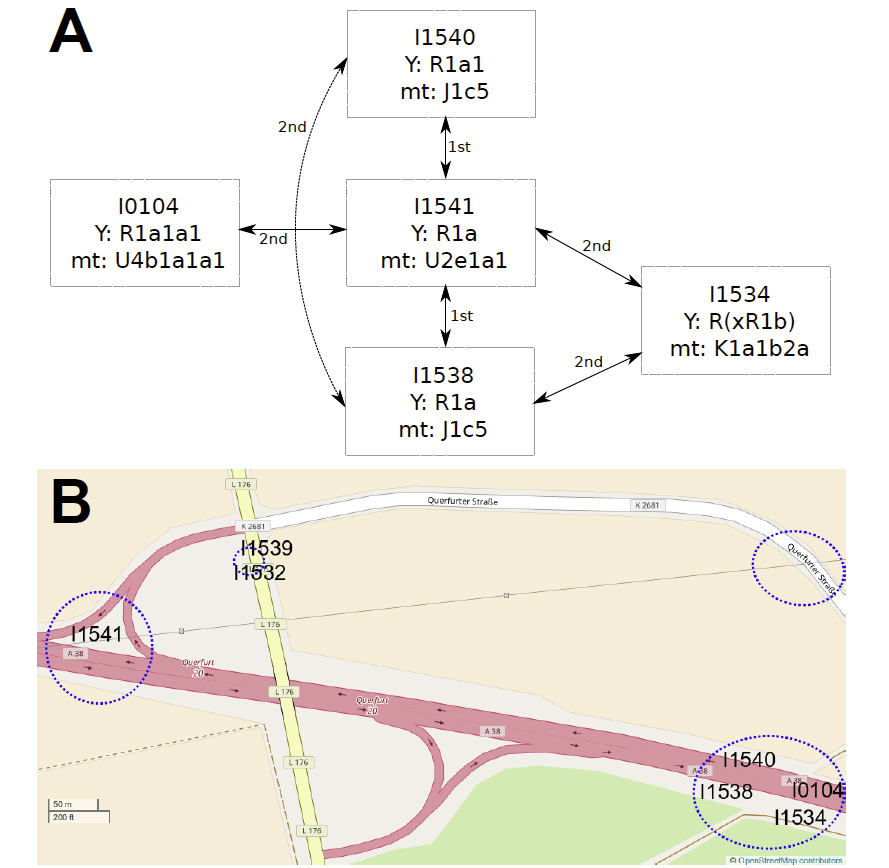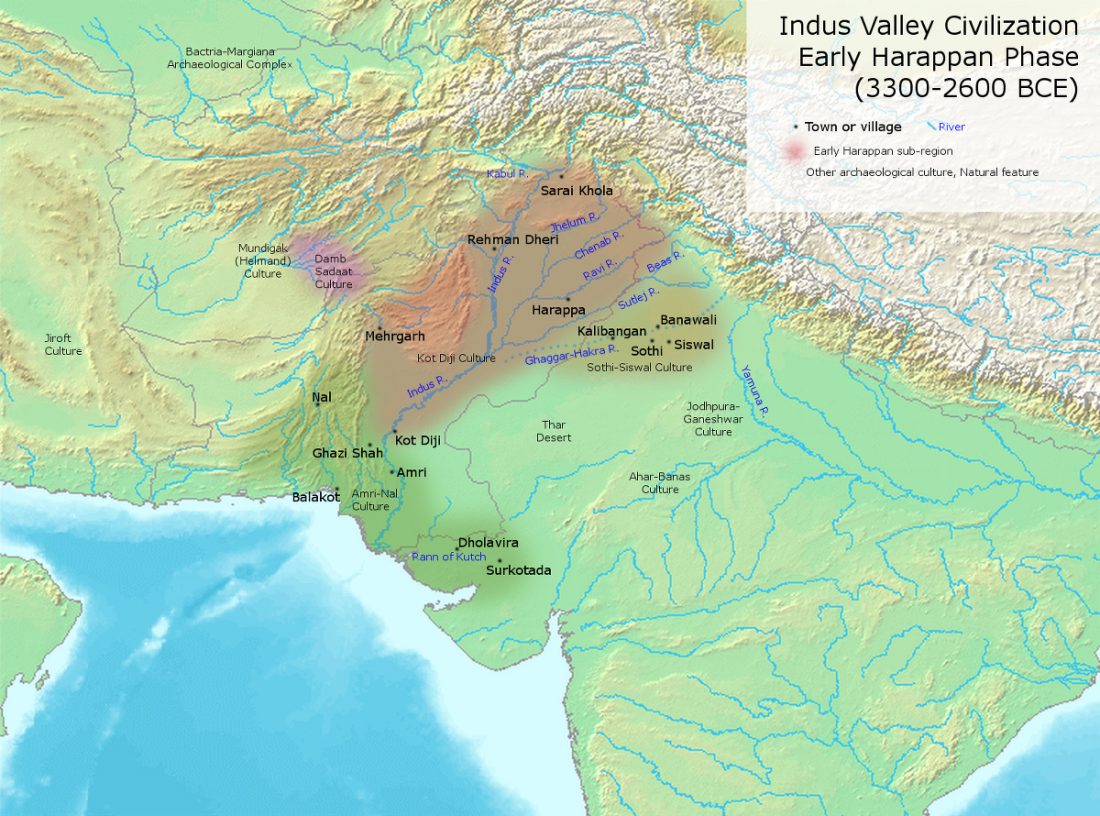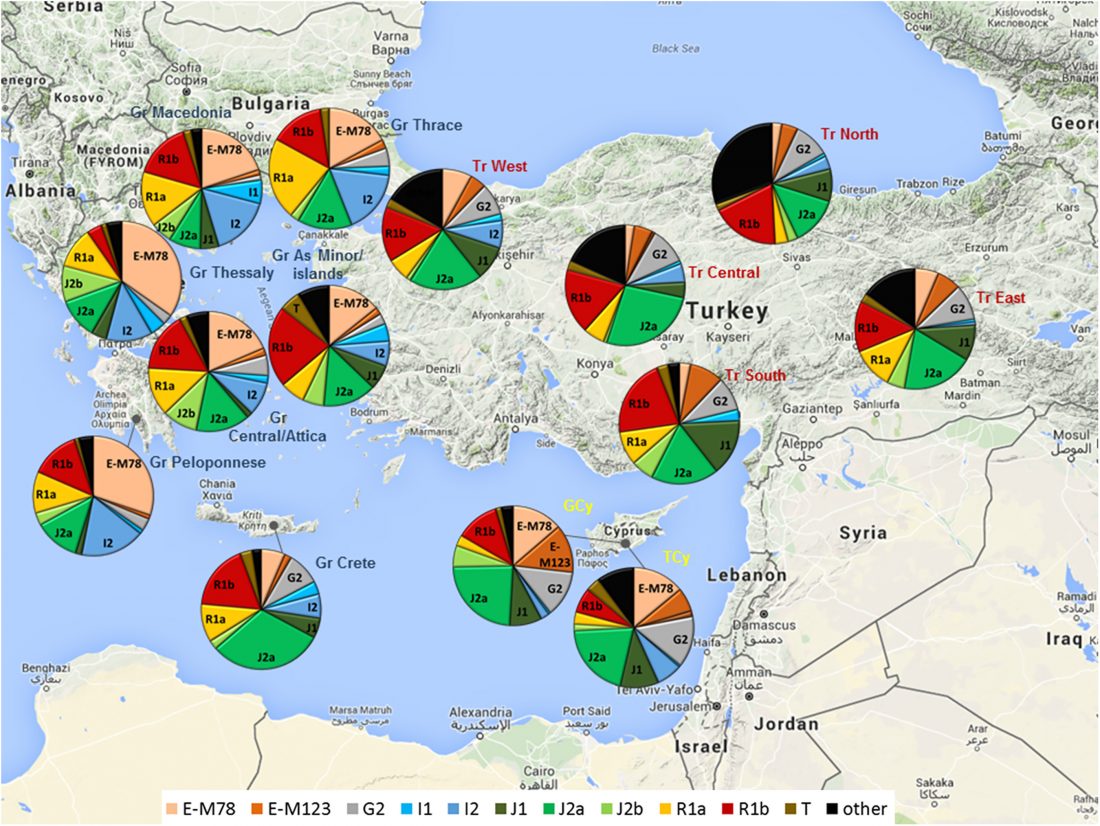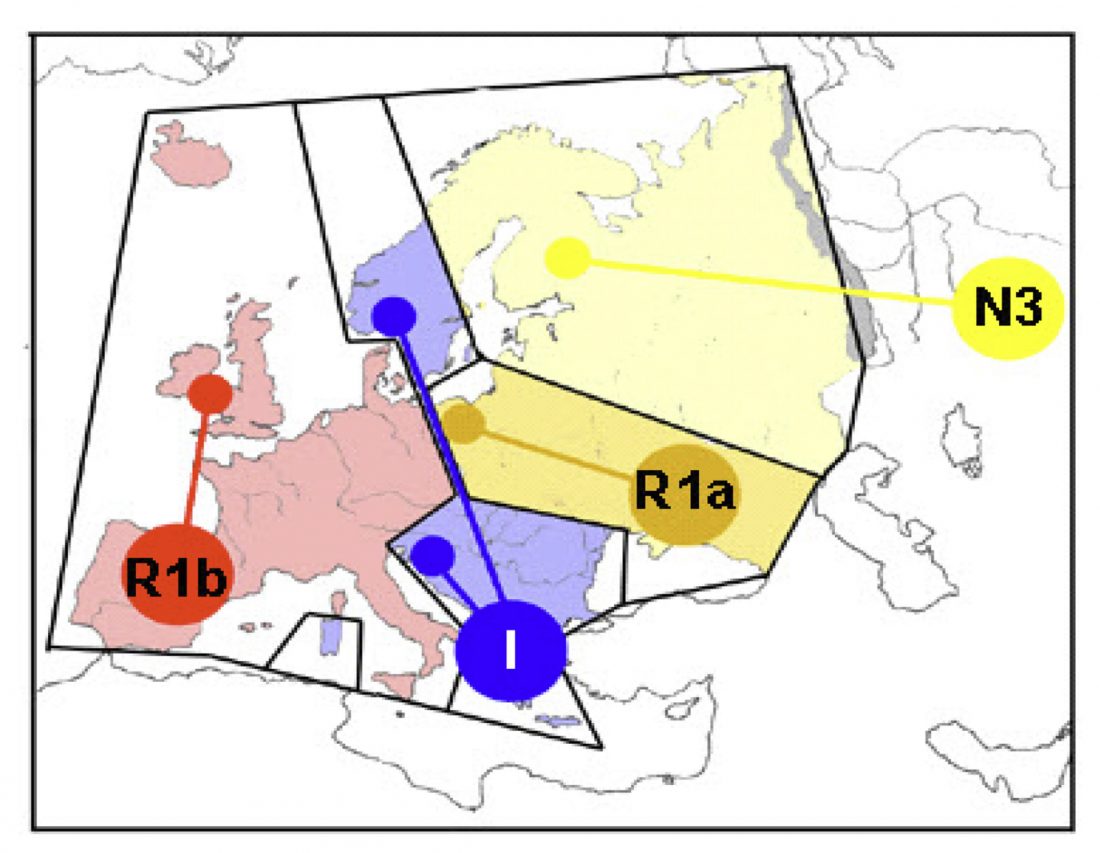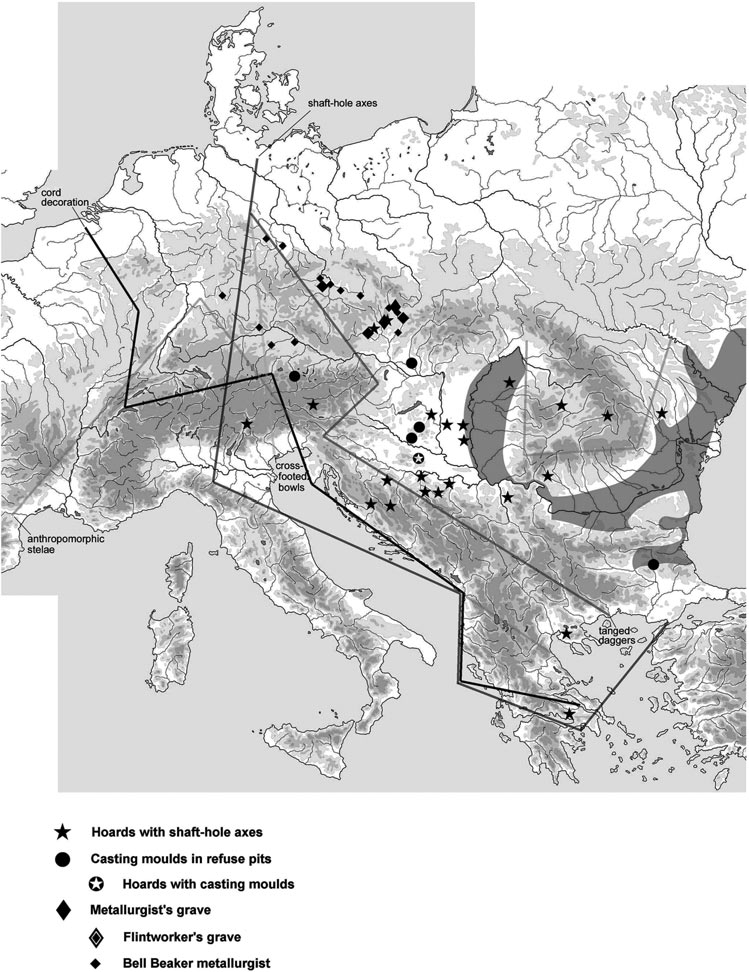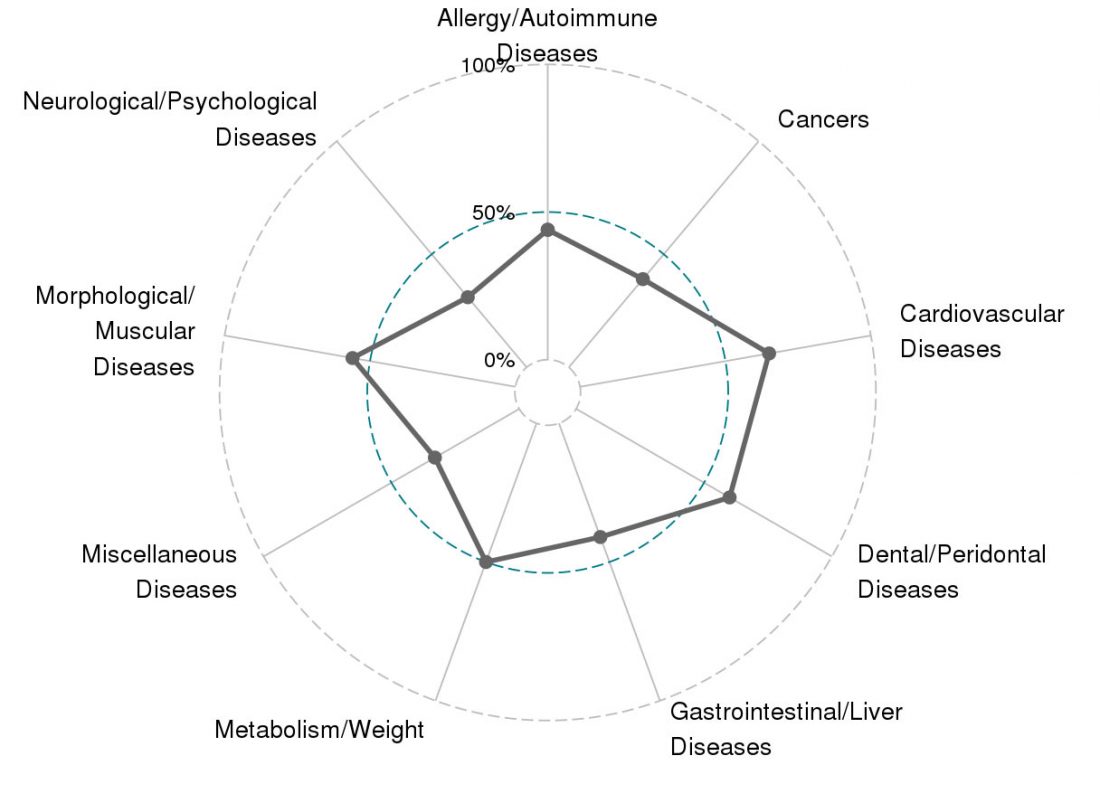Preprint paper: Estimating genetic kin relationships in prehistoric populations, by Monroy Kuhn, Jakobsson, and Günther
A new preprint paper appeared some days ago in BioRxiv, Estimating genetic kin relationships in prehistoric populations, by researchers of the Uppsala University Jose Manuel Monroy Kuhn, Mattias Jakobsson, and Torsten Günther. Jakobsson and Günther. You might remember the last two from their work Ancient X chromosomes reveal contrasting sex bias in Neolithic and Bronze Age Eurasian migrations, whose results were said not to be replicable by Lazaridis and Reich (PNAS), something they denied pointing to the limitations of the current aDNA data (PNAS).
They propose a new, more conservative method to infer close … Read the rest “Preprint paper: Estimating genetic kin relationships in prehistoric populations, by Monroy Kuhn, Jakobsson, and Günther”
